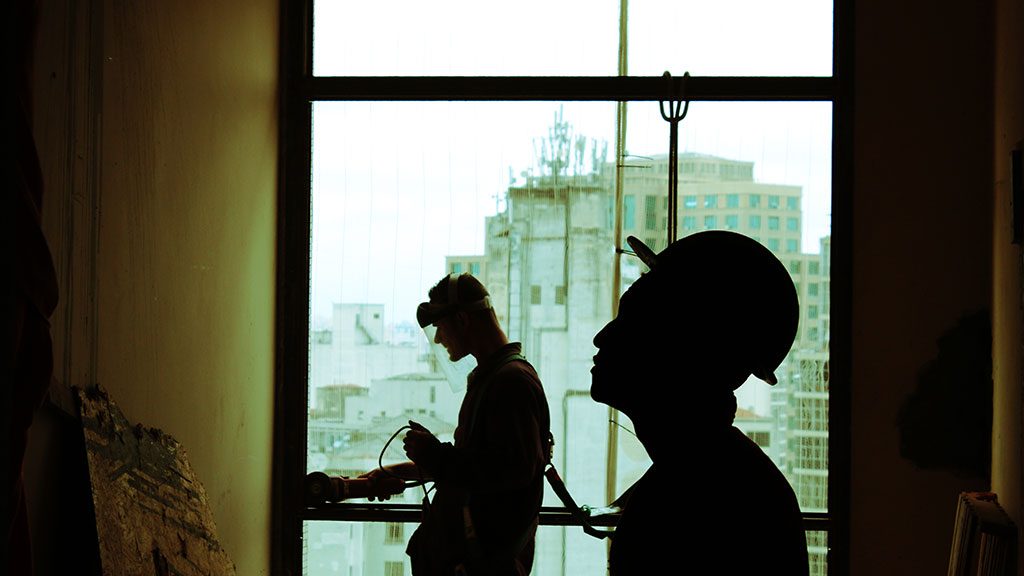It’s time to set Canada’s safety experts up as self-regulating professionals, says Paul Andre president of the Canadian Registered Safety Professionals (CRSP) and acting president and CEO of Workplace Safety North.
Pointing to home inspectors who were recently granted that right, paramedics and human resources professionals who are regulated and that dental hygienists and diagnostic sonographers are on the cusp of the same, he says OH&S (occupational health and safety) professionals should be next.
The CRSP is a non-profit entity which grants certification to qualified applicants and since inception in 1976 has done so for more than 6,000 people.
The association found that an average of 672 workers were injured every day on the job in Canada in 2012
— Paul Andre
Canadian Registered Safety Professionals
“However, because of the lack of regulation of OH&S professionals in Canada, there are many people claiming to be OH&S professionals without any formal education or professional training,” he says. “It poses a public safety danger to Canadian workers. Regulating OH&S professionals as other countries have done would be a significant step forward in making Canada’s workplaces safer and healthier.”
Andre kicked off the campaign in mainstream media by writing a column calling for self-regulation last fall, noting it’s in the public interest to uphold the highest standards when it comes to OH&S.
“In 2015, according to the Association of Workers’ Compensation Boards of Canada, there were 852 workplace-related fatalities in Canada,” he wrote. “Workplace injuries are even more common. The association found that an average of 672 workers were injured every day on the job in Canada in 2012 and those numbers only cover workplaces where workers can receive provincial compensation benefits.”
The good news is that since OH&S regulations and training of OH&S professionals were beefed up, “the frequency of work-related injuries and deaths has fallen drastically since the 1980s.”
Still, he says, that trend has flat lined and it’s time to kick it up a notch with self-regulation.
The problem, as he says, is people claim to be OH&S professionals but really have nothing to back it up.
“Some have no formal education or professional training,” Andre argues, “It poses a public safety danger to Canadian workers. Regulating OH&S professionals as other countries have done would be a significant step forward in making Canada’s workplaces safer and healthier.”
In many ways it is already happening, but it’s not consistent, he says.
“In high risk areas like mining or oil and gas it is common for the OH&S functions to be managed by professionals,” he says. “It’s not always that way in smaller or mid-sized, family businesses who have to seek professional advice and guidance.”
Knowing there has been standardized training and that the professional has been certified in specific sector expertise is a benefit not just for workplace safety but for the business itself which can be confident it exercised due diligence in retaining or hiring a safety professional.
While overtures have been made both to the Ontario and Alberta governments about the concept and the feedback has been positive, implementation will have to be in a graduated and phased process he says.
“We have to walk before we run here,” Andre says noting that setting up a registry may be the first logical step, followed by setting minimum standards for educational and experiential qualifications.
Alberta’s NDP government is looking at overhauling their labour regulations so there’s likely an opportunity there to advance the conversation, he says.
Ontario is heading into an election so the agenda is limited and further conversations beyond the civil service level will have to wait until after the new government is formed.
In some ways, he says, the next step is already in place. The certification requirements and process for the Canadian Registered Safety Professional designation are changing July 1, 2018.
It will require a combination of education, professional development and experience to qualify. Some applicants may get an exemption from some criteria based on their level of education.
Applicants will need a either a four-year Bachelor’s degree in any field or a two-year diploma (or certificate) with a minimum of 900 hours or 60 credits in OH&S or a closely related field from a recognized academic institution.
They’ll also need at least four years’ experience in a field where OH&S is at least 50 per cent of their job descriptions at a preventative, professional level.



Recent Comments
comments for this post are closed